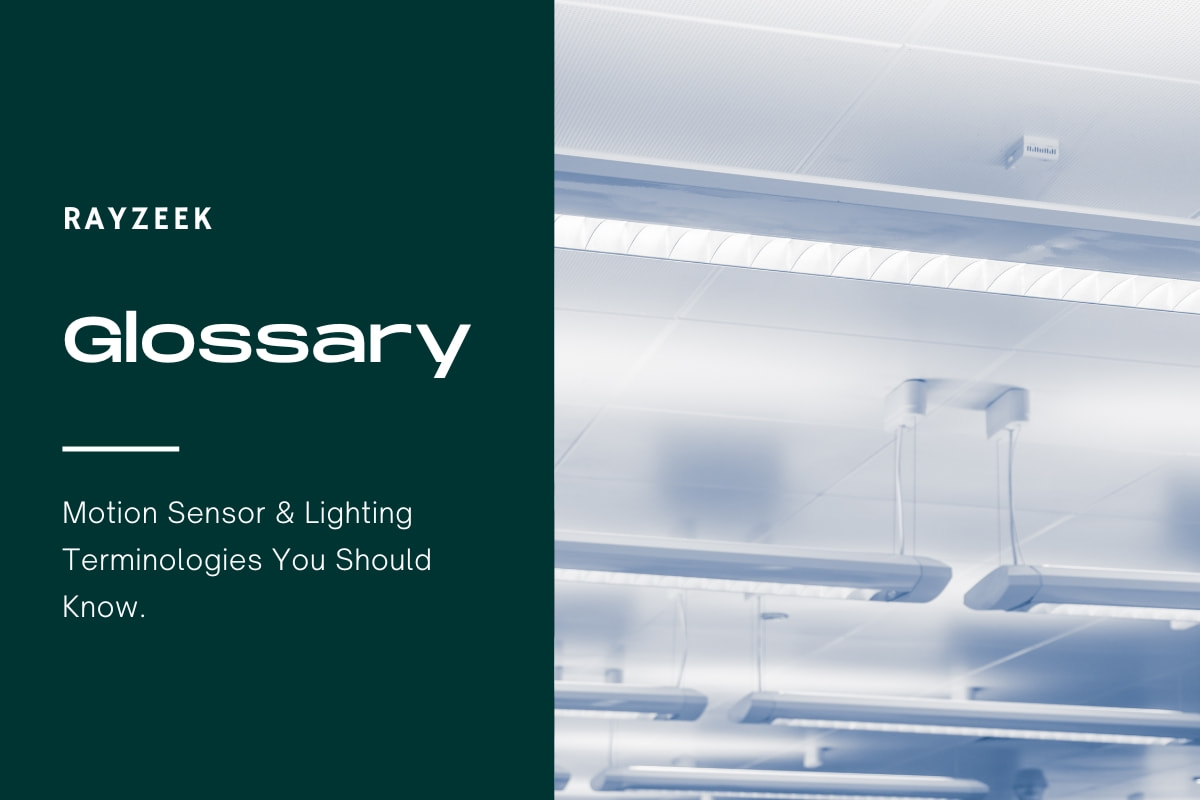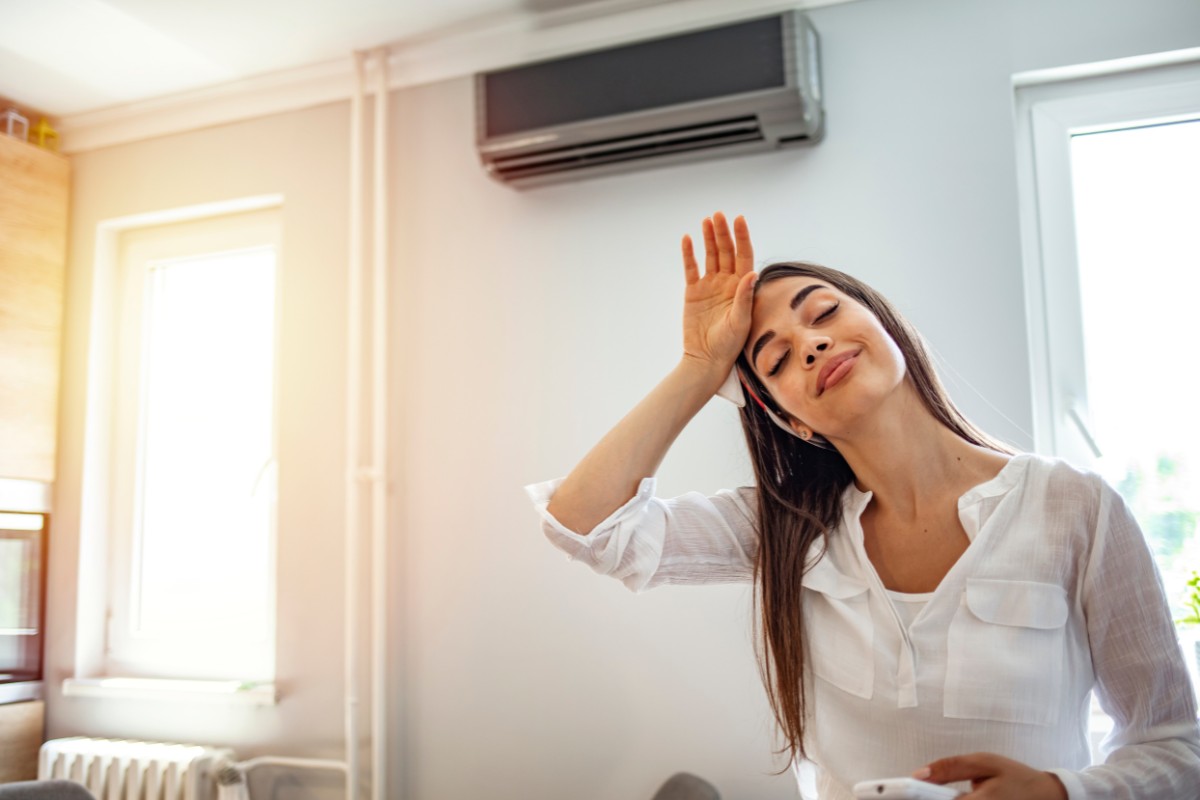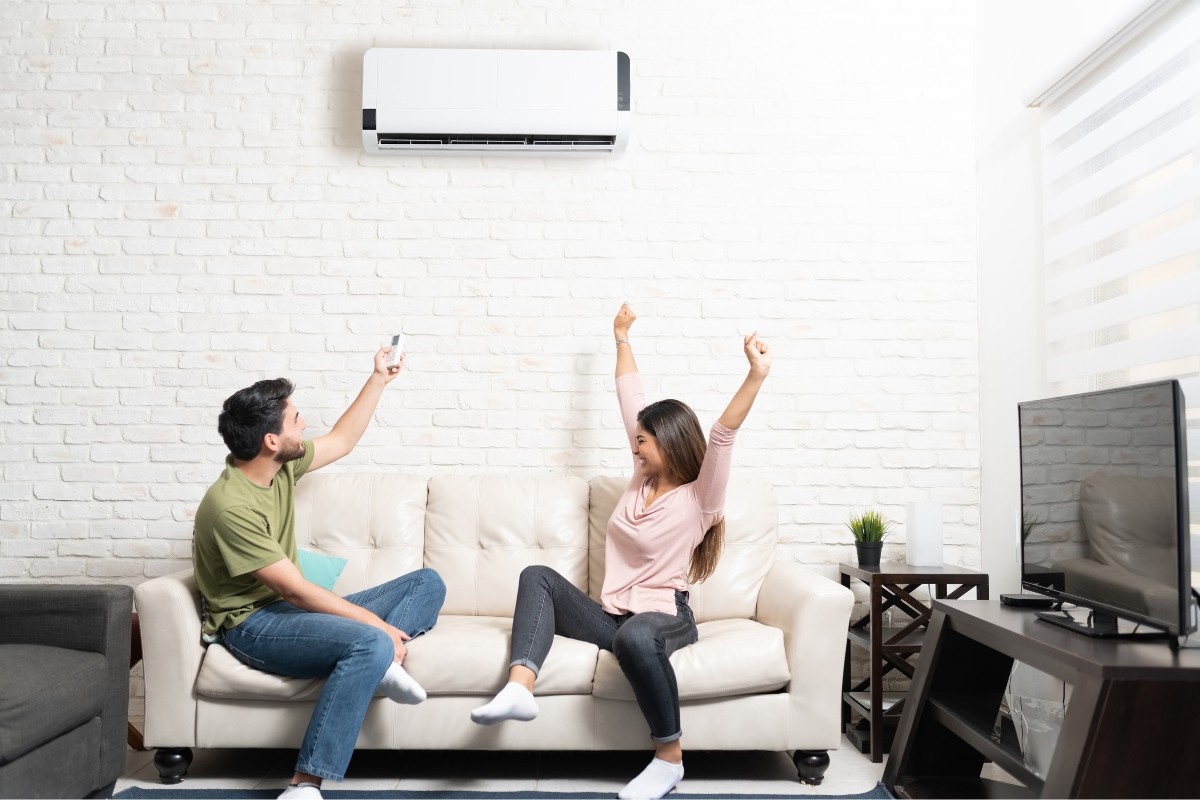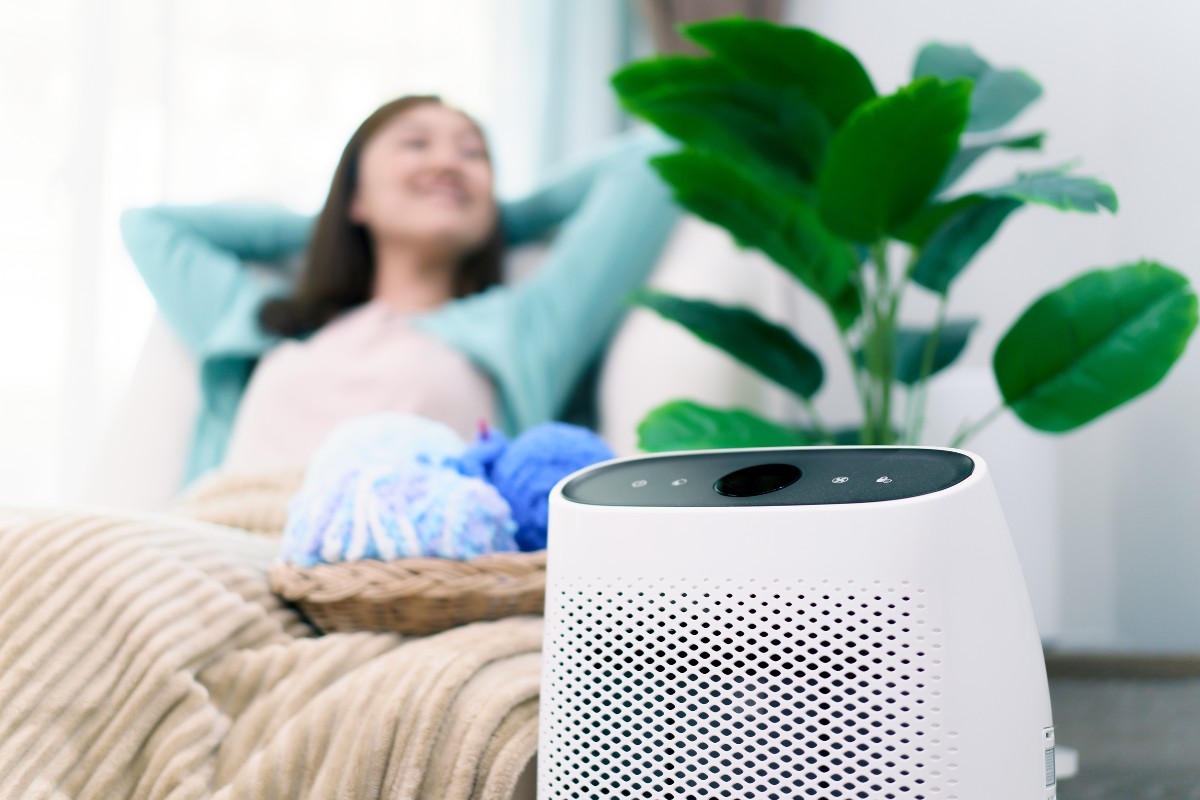What is wake up light
A wake-up light, also known as a sunrise alarm clock, is a specialized lighting device used to simulate the natural sunrise and aid in waking up gradually and peacefully. Unlike traditional alarm clocks that rely solely on sound, wake-up lights gradually increase in brightness over a set period of time, replicating the rising sun. This gentle increase in light intensity helps stimulate the body’s natural waking process, resulting in a more gentle and less abrupt awakening experience.
The duration of the sunrise simulation can vary among different models of wake-up lights, with some offering a shorter duration and others providing a longer and more gradual transition from darkness to full brightness. Additionally, the range of colors used in the sunrise simulation can differ, with some devices emitting a single warm white light and others offering a broader spectrum of colors.
Inspirujte se portfoliem pohybových senzorů Rayzeek.
Nenašli jste to, co jste chtěli? Nebojte se. Vždy existují alternativní způsoby řešení vašich problémů. Možná vám pomůže některé z našich portfolií.
Most wake-up lights also include a built-in alarm function that can be set for a specific time, regardless of the actual sunrise time in the user’s area. This ensures that individuals can still wake up at their desired time, even if the natural sunrise occurs earlier or later. Furthermore, many wake-up lights feature a sunset mode, which gradually dims the light over a specified period, simulating a natural sunset and creating a relaxing atmosphere conducive to sleep.
Hledáte řešení úspory energie aktivované pohybem?
Obraťte se na nás pro kompletní PIR senzory pohybu, produkty pro úsporu energie aktivované pohybem, spínače se senzorem pohybu a komerční řešení pro detekci přítomnosti/volnosti.
In summary, a wake-up light is a lighting device that mimics the natural sunrise to aid in a gradual and peaceful awakening. By gradually increasing the brightness and simulating the colors of a sunrise, wake-up lights aim to provide a more pleasant and refreshing start to the day, aligning with the body’s natural waking process.
Často kladené otázky
What Color Light Makes You the Happiest
Pro Tip: Warm light colors such as orange and yellow are known to evoke feelings of happiness and liveliness. On the other hand, cool light colors like green or blue tend to create a more tranquil and balanced atmosphere.
What Is the Disadvantage of LED Light
Perhaps one of the main drawbacks of LED light bulbs is their tendency to emit a higher amount of blue light compared to incandescent bulbs, which lean more towards the red end of the spectrum. This excess blue light has the potential to disrupt your circadian rhythm, leading to difficulties in falling asleep and a decrease in the overall quality of your sleep.
What Lighting Is Most Like Natural Light
Higher CCT values, typically ranging from 4000K-6500K, closely resemble natural daylight and have more blue tones. The Color Rendering Index (CRI) measures how accurately we perceive colors under different lighting conditions. Natural daylight has a CRI of 100%, indicating that our perception of colors is most accurate in this type of lighting.
What Is the Best LED Light Color
Warm white or soft white lights in the 2700K-3000K range are recommended for creating a relaxing atmosphere and promoting a restful sleep. On the other hand, cool white lights in the 5000K-6500K range are known to enhance productivity and concentration.
What LED Color Attracts Bugs
Bright white or bluish lights such as mercury vapor, white incandescent, and white fluorescent are highly appealing to insects. On the other hand, yellowish, pinkish, or orange lights like sodium vapor, halogen, and dichroic yellow are not as attractive to most insects.
What Light Bulb Is Closest to Natural Light
Halogen light bulbs are a type of incandescent bulb that closely mimics natural daylight, also known as “white light.” These bulbs provide a sharp and clear illumination, making colors appear more vibrant. Additionally, halogen bulbs are dimmable, allowing for adjustable lighting levels.
What Color Light Calms the Brain
According to a study published in the scientific journal PLOS ONE in 2017, blue lighting has been found to accelerate the relaxation process after stress when compared to conventional white lighting. The study revealed that individuals who were stressed and exposed to blue light were able to relax three times faster than those exposed to white light.
What Kind of Light Is the Most Sleep Disrupting
While this type of light is beneficial for keeping us awake during the day, it can be counterproductive at night when we are trying to sleep. Exposing ourselves to blue light in the evening can deceive our brain into believing it is still daytime, which can disturb our natural sleep-wake cycle and make us feel awake instead of tired.
Who Should Not Use Light Therapy
The use of light therapy is contraindicated for individuals with retinal diseases, such as diabetes, as well as those taking photosensitizing medications like lithium, melatonin, phenothiazine antipsychotics, and certain antibiotics.
What Color Light Helps With Anxiety
Blue light therapy is considered the most effective treatment for anxiety and other mood disorders. This therapy targets both physiological and psychological imbalances. When the body is under stress, blue light has the ability to effectively induce a calming effect. It is worth noting that blue light possesses the highest energy among all colors in the electromagnetic spectrum.









